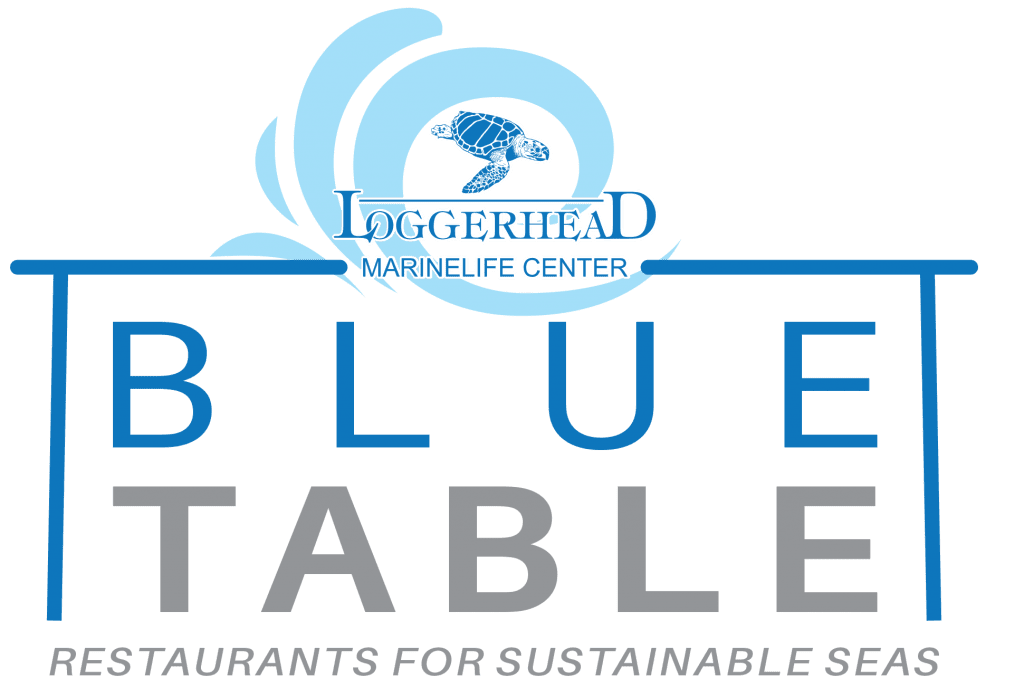October is a month where we start to think about the things that truly scare us – did empty oceans make the top of your list?

With the advanced technology available today, fisheries have become too efficient and fishing fleets have grown too large for all fish populations to sustain themselves. According to the State of the World’s Fisheries and Aquaculture 2020 report, it is estimated that one-third of all fisheries are not managed sustainably.
What is Sustainable Seafood?

Sustainable seafood comes from sources that have a stable or increasing population, and when taken as a food source, will not have a negative effect on the population or ecosystem around it.
By making a conscious decision to choose sustainable seafood items, individuals can spur changes in the way our seafood is targeted, supplies, and management strategies put in place.
Why We Should Care About Bycatch

When thinking about sustainable seafood, many different factors are evaluated to determine the sustainability of a fishery as a whole. One of the largest factors besides the total population of the fish species targeted is the impacts on other ocean creatures.
Bycatch is a term describing a species that is not the one intended to be caught and is negatively impacted by a fishery. The issue with bycatch is that once these unintended ocean animals are caught, most do not survive, meaning the method of fishing is harmful to the populations of more than just the targeted species.
Unfortunately, hundreds of thousands of marine species are lost as bycatch every year, including threatened and endangered sea turtles, marine mammals, and seabirds.
Fishing Method Makes a Difference

When it comes to the fishing methods that are used to obtain the seafood on your plate, not all are the same. Especially when it comes to impacting the surrounding marine environment and other marine species in the ocean. Many different types of fishing exist, and some methods have far less impact on other species and the environment than others. For instance, certain types of fishing – such as longline fisheries – deploy thousands of baited hooks at a time, are not able to directly target certain species that they are looking to catch. Whereas other fishing methods – such as spearfishing, singular rod, and reel – prevent both bycatch and overfishing because only one fish is caught at a time.
How Can You Help Keep Plenty of Fish in the Sea?

- Choose sustainable seafood options whenever purchasing or ordering seafood. We are a proud partner of The Monterey Bay Aquarium’s Seafood Watch program, which evaluates and recommends sustainable seafood options. Regularly updated information on sustainable seafood can be found here.
- When in doubt, buy local! Locally sourced seafood is almost always the most sustainable and freshest option you can buy!
- Support restaurants striving for sustainable seas like our Blue Table Restaurant Partners
Join LMC in celebrating Sustainable Seafood Month by making sustainable seafood decisions all October long!

